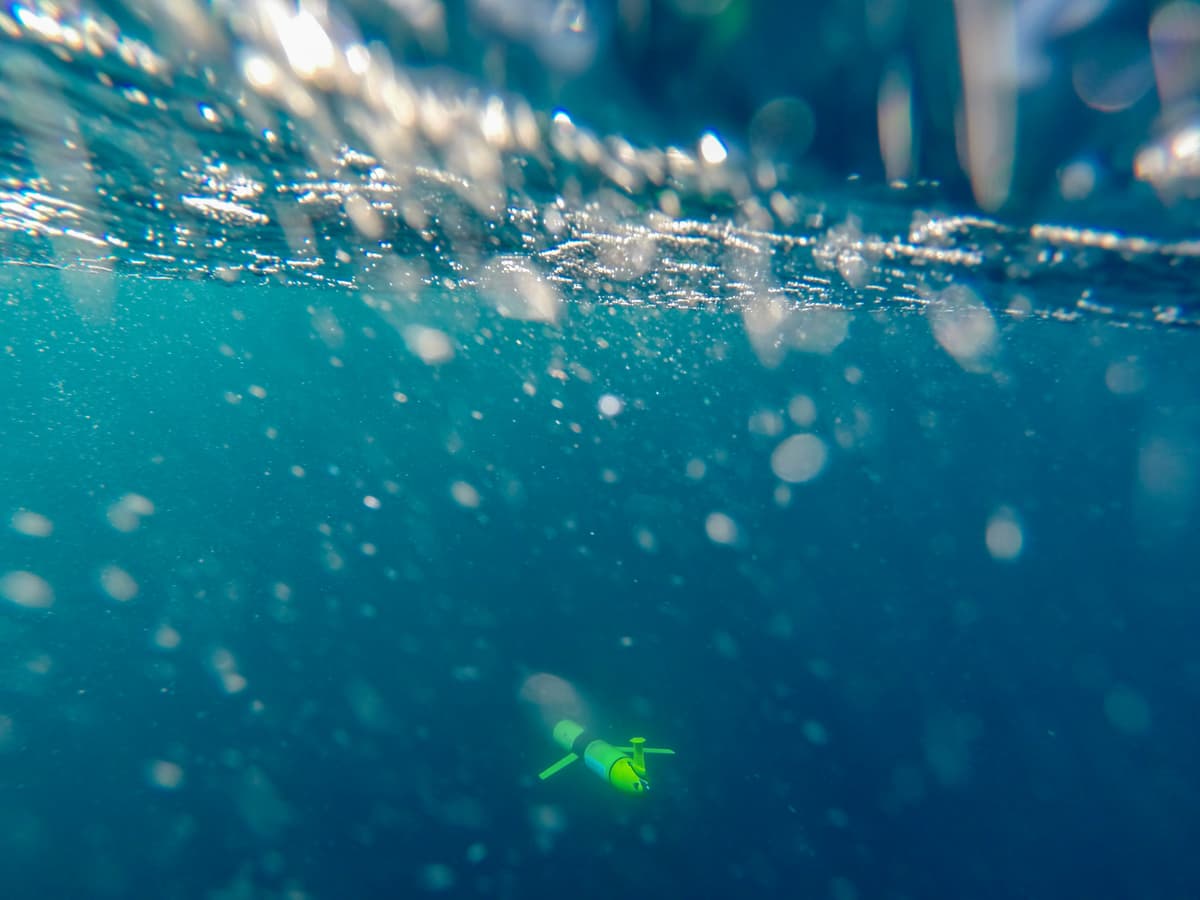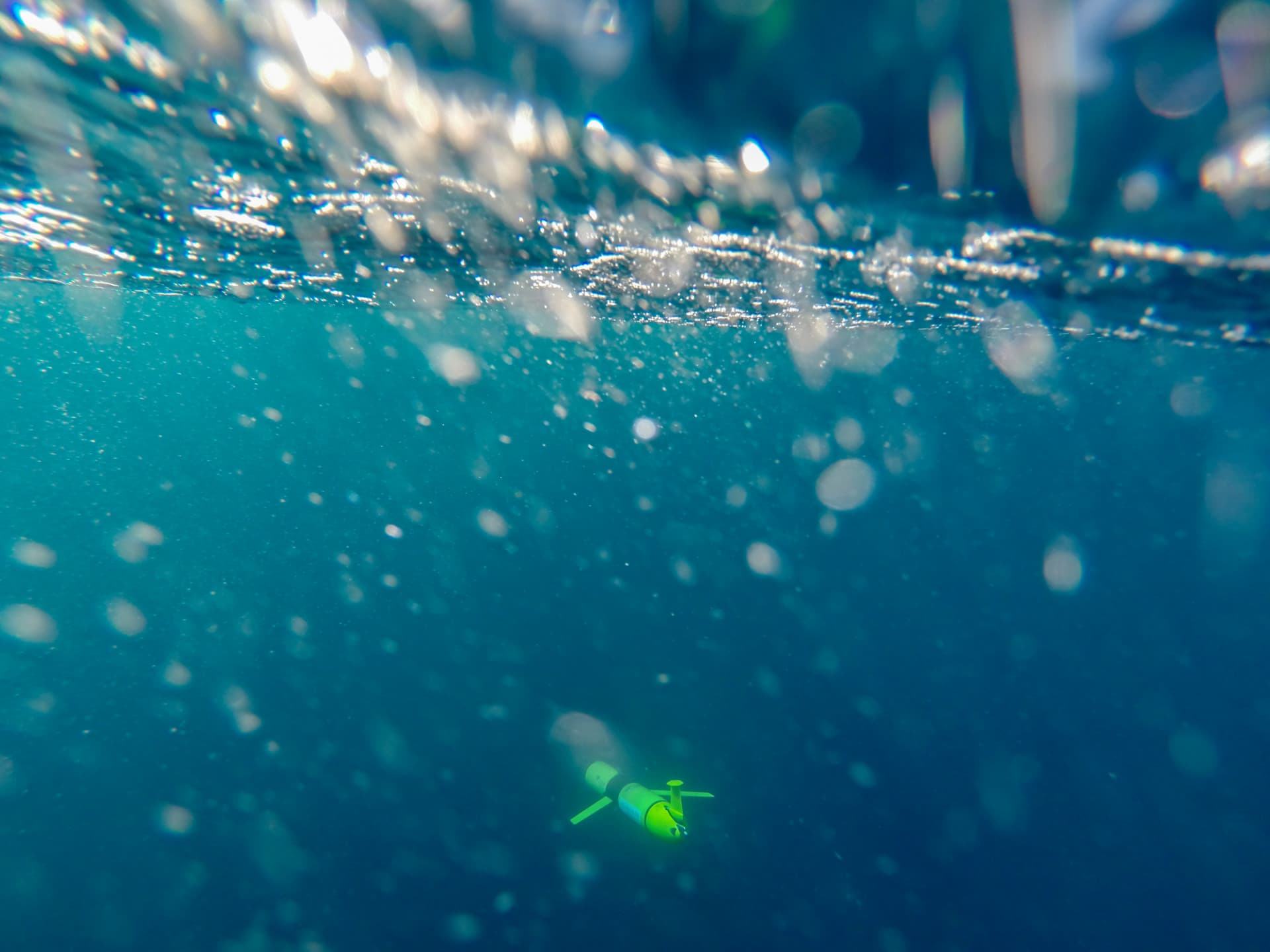Related projects & activities


Posted on Monday 16 November 2020
As rivers enter the sea at the coast, they meander and shed different sized 'blobs' of rotating water (eddies) that carry nutrients and sediment offshore. These riverine eddies connect the mountains to the sea, by carrying land-sourced sediments and nutrients into the ocean.
For the first time ever, Sustainable Seas National Science Challenge researchers have tracked these eddies from shore to sea, using two 'ocean robots' or underwater gliders, called Betty and Manaia.
"The underwater robot technology used is game-changing. It shows what we put into our waterways has previously unknown offshore effects. Ensuring we have healthy rivers is paramount - not only for freshwater - but also our marine environment," explains Sustainable Seas Challenge Director Dr Julie Hall.
Lead researchers NIWA's Dr Joanne O'Callaghan and University of Auckland PhD student Khushboo Jhugroo showed these unique eddy whirls and swirls travelled more than 100km from Tasman and Golden Bay out into the Greater Cook Strait. The rivers the water came from are the Aorere and Takaka rivers which flow into Golden Bay, and Motueka and Waimea rivers which flow into Tasman Bay.
"This research is providing critical information for understanding how the health of Aotearoa New Zealand's land and rivers affects the ocean", says Dr Hall.
The research also shows rivers can be a primary source of nutrients that can kick-start new ocean food chains. This is because the eddies stay close to the surface, rather than being mixed down into the water column. Being near the surface can allow photosynthesis (primary production) to occur, if the river water is loaded with nutrients from the land.
"The glider observations are more effective at tracking rivers than satellites because they can map the ocean in all weather conditions and at much better resolution", says Dr O'Callaghan
"Betty and Manaia detect not only temperature like satellites, but also salinity which was key to seeing these eddies."
The salinity signal provides a clear line of evidence linking river health to the ocean food chain.
"What's really interesting is our research showed almost three-quarters of these eddies are invisible to satellites because they don't have a detectable difference in surface temperature," explains Dr O'Callaghan.
About the project - The research is part of the Stressor footprints and dynamics project from the first phase of the Challenge. Led by Craig Stevens (NIWA/University of Auckland), this project investigated how coastal waters and oceans mix and transport materials that can stress marine ecosystems.
About the Sustainable Seas National Science Challenge - The vision of Sustainable Seas is for Aotearoa New Zealand to have healthy marine ecosystems that provide value for all New Zealanders. It brings together scientists, social scientists, economists, and experts in mātauranga Māori and policy. It is funded by MBIE and hosted by NIWA.
About the National Science Challenges - Sustainable Seas is one of 11 National Science Challenges. These align and focus Aotearoa New Zealand's research on large and complex issues, bringing together scientists and experts from different organisations and across disciplines to achieve a common goal.
